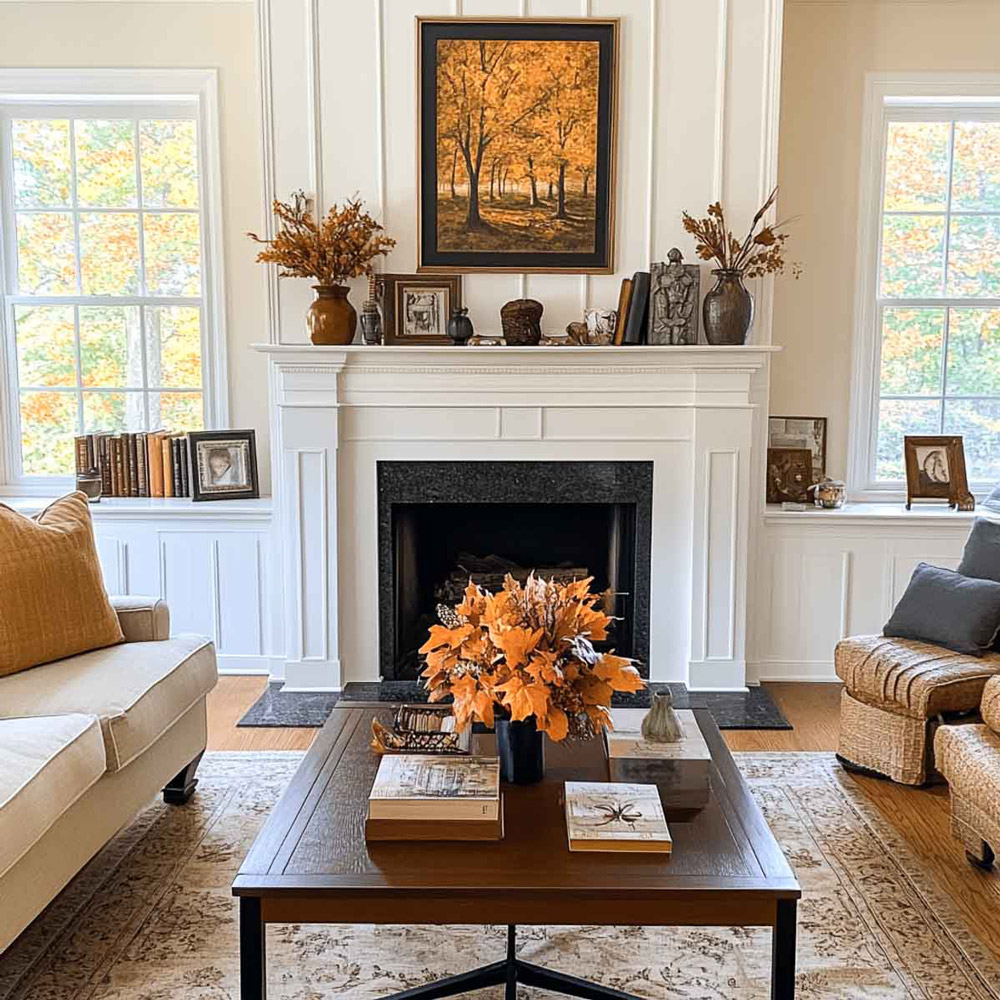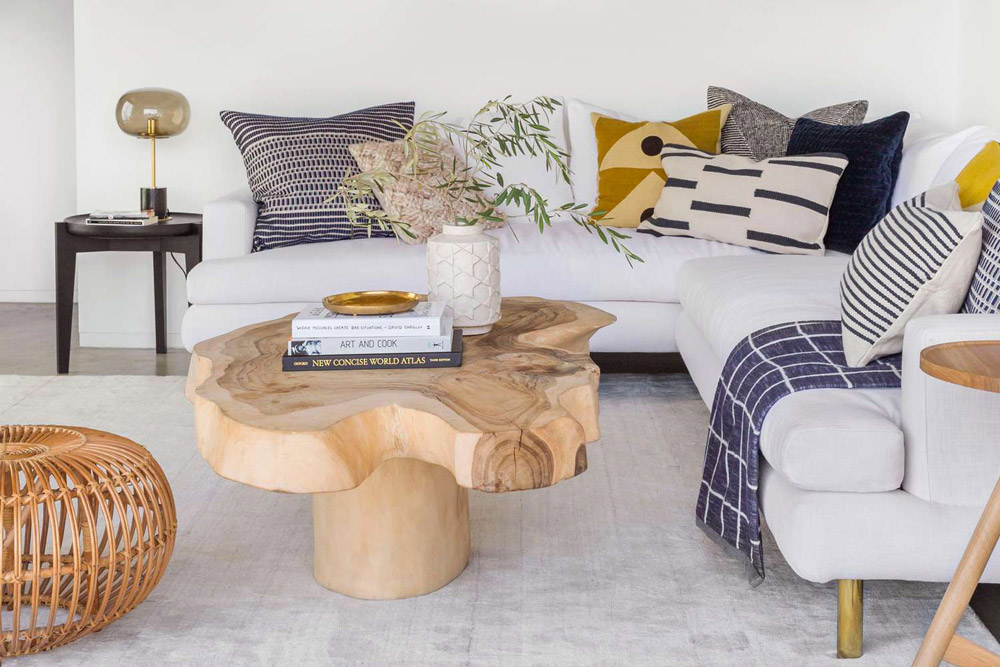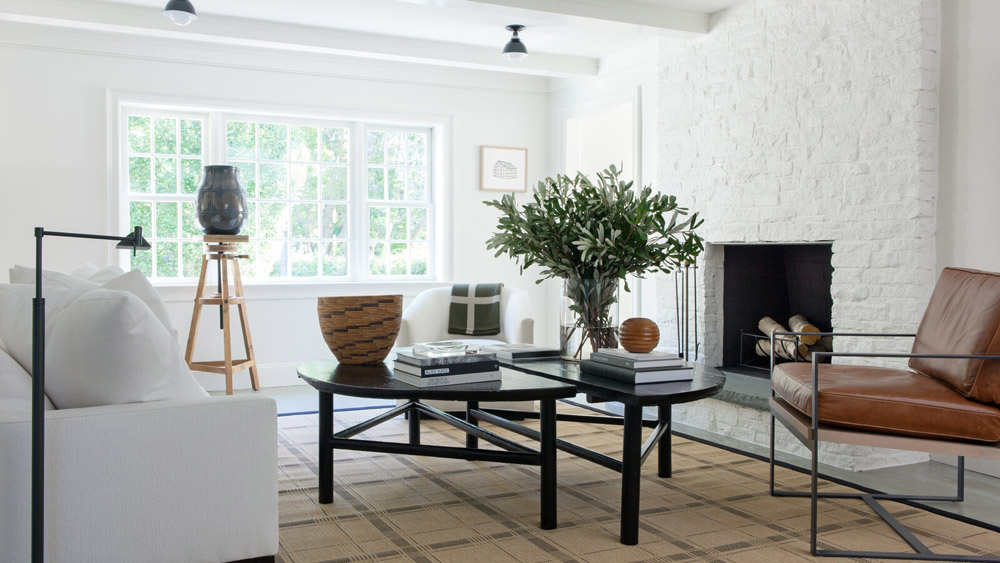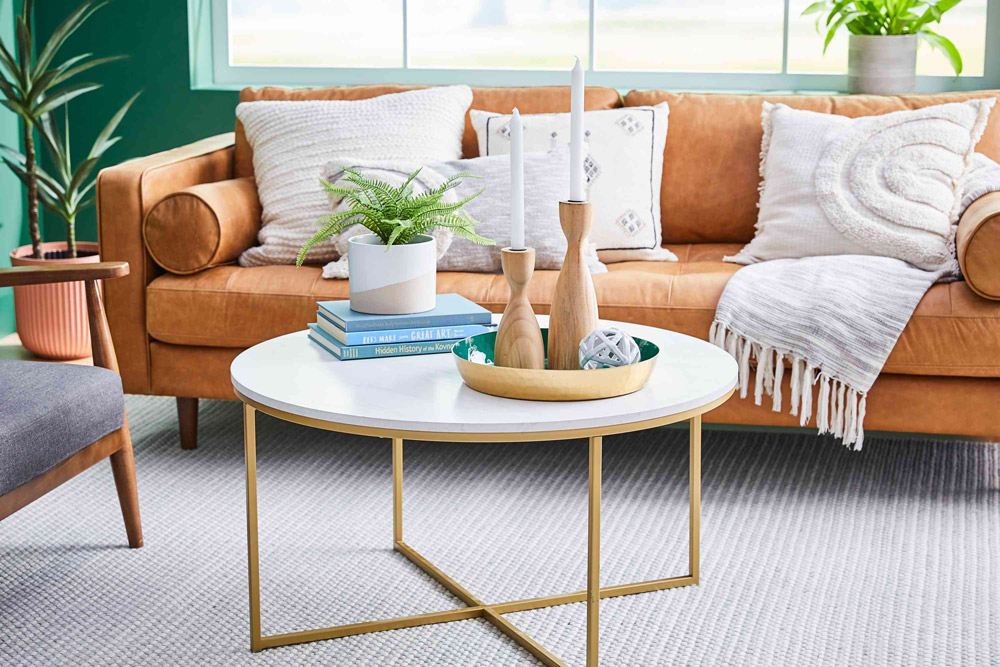When it comes to interior design, the coffee table is often one of the most overlooked elements in the living room. But a well-styled coffee table has the power to tie an entire space together, offering both function and form. The best part? You don’t need to be a professional designer to get it right. In fact, there’s a foolproof formula that works every time, no matter your style or space. In this guide, we’ll break down the timeless elements of coffee table décor that always look good—and why they work.
Contents
What Makes Coffee Table Décor “Work”?
Styling a coffee table is about more than placing a few random items on a surface. A successful arrangement plays with balance, proportion, and texture. The goal is to create a visually interesting vignette that draws the eye but also serves a practical purpose.
A well-decorated coffee table can help ground your furniture arrangement, reflect your personal style, and even act as a conversation starter. Whether your aesthetic leans minimalist, traditional, modern, or eclectic, the core principles remain the same.
The Foolproof Coffee Table Décor Formula
There’s a reason professional designers rely on certain repeatable elements when styling a coffee table. These components create balance and visual appeal without overwhelming the space. Here’s the core formula:

Start with a Tray as Your Anchor
A decorative tray serves as the foundation of your coffee table styling. It helps group items together, creating a more intentional look. Trays also make it easier to clear off the table when needed.
Choose a tray that contrasts with the table—metal on wood, woven on glass, black on white—to create visual interest. Consider the shape of your coffee table too: use round trays on round tables and rectangular trays on larger, linear surfaces.
Layer in Books for Height and Personality
Coffee table books add layers and structure while offering insight into your interests. Stack two or three large books to serve as a platform for other objects. Choose topics like design, travel, photography, or fashion for a stylish touch.
Keep spines coordinated with your room’s color palette, or go bold with contrast. Use them to subtly guide the eye across the table.
Add a Tall Element for Movement
To create depth and dimension, introduce a tall item to your vignette. This could be a vase with flowers or branches, a sculptural candlestick, or even a figurine.
Height variation draws the eye up and down, creating a dynamic composition. Just be sure the tall object doesn’t obstruct sightlines—especially if the coffee table sits between a sofa and a TV.
Include Something Organic
Greenery or flowers inject life into your setup and soften harder elements. Whether it’s a fresh bouquet, a potted succulent, or a sprig of eucalyptus, adding something living—or faux organic—keeps the arrangement feeling fresh and balanced.
You can also use dried flowers or seasonal foliage to keep things interesting throughout the year.
Accessorize with Smaller Decorative Objects
The finishing touches come from smaller items: think candles, decorative bowls, coasters, or a meaningful object that tells a story. These elements should contrast with other pieces in texture or shape, offering tactile variety.
Group items in odd numbers—three, five, or seven—to maintain visual balance without feeling too symmetrical or staged.
Styling Secrets Designers Swear By
The formula above works because it honors core design principles. But there are also some professional tricks that take coffee table styling from good to great.

Use the “3-5-7 Rule”
Odd numbers are more pleasing to the eye. They break up monotony and create a sense of natural balance. This rule applies to how many objects you group together, how many layers you create, and how many zones you divide your table into.
Try a trio of items—a book, a candle, and a vase—as a base. Then build outward from there.
Mix Materials and Textures
A common styling mistake is using items that all feel the same. Instead, aim for contrast. Mix shiny finishes (like glass or brass) with matte ones (like wood or ceramic). Combine hard materials with soft ones, and balance structured items with more fluid shapes.
The interaction of different textures keeps the eye engaged.
Leave Negative Space
Resist the urge to fill every inch. A cluttered table overwhelms the senses and defeats the purpose of curated styling. Empty space is just as important as filled space—it gives your pieces room to breathe and makes each object feel intentional.
Functionality should also guide your layout. Your coffee table still needs to hold drinks, remotes, or a laptop on movie nights.
Adjusting the Formula to Your Style
The beauty of this formula is its flexibility. With a few tweaks, it adapts to nearly every style and space.
Minimalists might favor a single tray with a candle, a book, and a neutral vase. Maximalists could layer books, display vintage trinkets, and rotate in colorful florals. Farmhouse styles lean into wood and metal, while modern aesthetics might favor glass, stone, or marble elements.
You can also refresh your setup seasonally. Add pinecones in winter, citrus in summer, or dried grasses in the fall.

Common Mistakes to Avoid
Even with a solid formula, it’s easy to go off-track. Here are the most frequent coffee table décor missteps:
- Overcrowding: Avoid stuffing too many objects onto one table.
- Monotone height: Keep things dynamic by using low, medium, and tall objects.
- Lack of personality: Incorporate at least one item that feels unique or personal.
- Ignoring function: Leave room for everyday use.
- Over-matching: Not everything has to perfectly match—contrast is your friend.
Real-Life Examples That Nail the Look
Imagine a round wooden coffee table featuring:
- A woven tray (anchor)
- A stack of two large books
- A white ceramic vase with eucalyptus stems
- A brass candlestick
- A small dish of matches
Or a sleek glass coffee table might include:
- A mirrored tray
- A few monochrome books
- A tall, sculptural object
- A concrete bowl with seasonal fruit
- A minimalist candle
Both follow the same principles but offer different vibes.
Frequently Asked Questions
Can I decorate a small coffee table using this formula?
Yes—just scale down. Use a smaller tray and fewer objects, but still aim for height variation and balance.
What if I don’t like flowers or candles?
Use sculptural items, bowls, or natural materials like wood or stone. Greenery is not essential, but organic shapes help soften the look.
How often should I update my coffee table décor?
Seasonally is ideal, but even a small refresh every few months helps your space feel fresh and intentional.
Is it okay to have remote controls on the coffee table?
Absolutely. Just keep them in a stylish box or tray to reduce visual clutter.
How do I know when I’ve added too much?
If you can’t place a drink on the table or your eye feels overwhelmed, you’ve gone too far. Start with less and build up.
Conclusion
A well-styled coffee table doesn’t require expensive items or a trained eye—just a bit of balance, creativity, and intention. By starting with a solid foundation like a tray, adding height, texture, and personal touches, and following a few key design rules, you can create a coffee table vignette that always looks good.
Experiment with different combinations, embrace your style, and don’t be afraid to switch things up. The best spaces evolve over time, and your coffee table should too.

